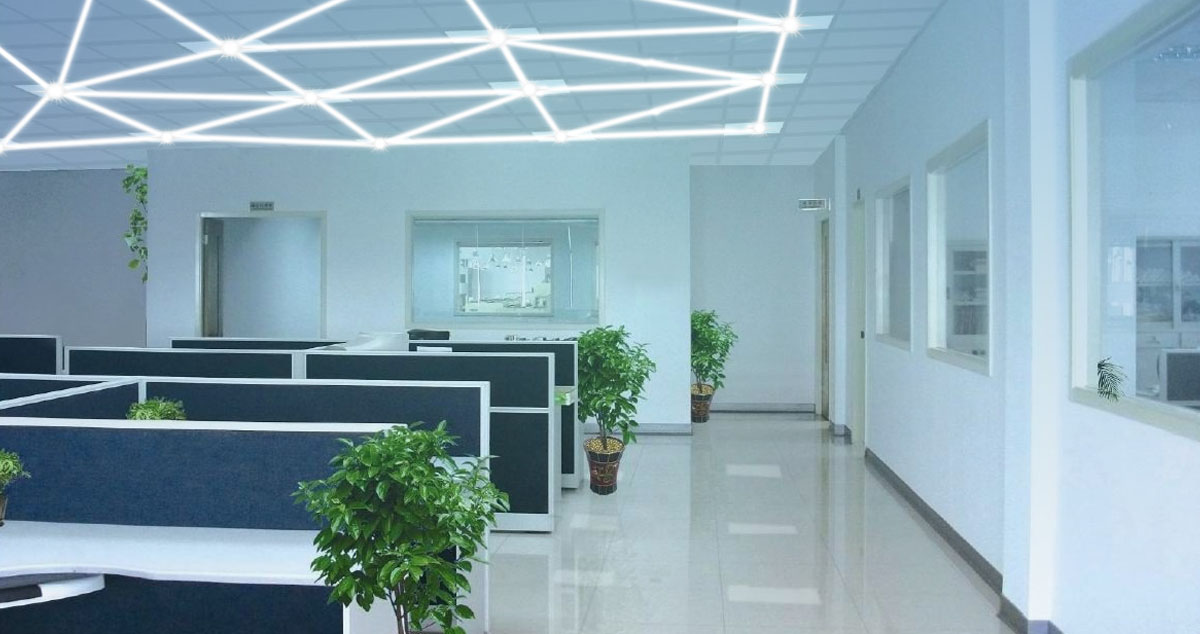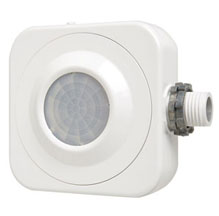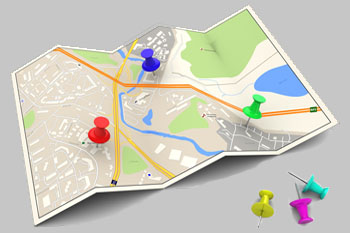Since the addition of a networked lighting controls category to the Design Lighting Consortium (DLC) list in 2016, it has been seen by many as the next big thing in lighting. Generally speaking, a networked lighting control system is a network of individually controllable fixtures and control devices that all work together to allow multiple control strategies across a building as well as providing measuring and monitoring of energy usage. According to DLC, these controls can save 35% or more of lighting energy use in commercial buildings. They estimate that less than 10% of new construction projects and 1% of lighting retrofit projects currently use this technology.

Understanding Rebates for Networked Lighting Controls
Seeing the opportunity to gain additional energy savings from commercial buildings, rebate programs have been trying to decide how to incorporate networked lighting controls into their offerings. It has proven difficult since these projects are usually complex and it's hard to establish a deemed energy savings for each project.
A majority of rebates available for networked lighting controls are either custom, new construction or performance-based rebate programs. These programs are typically complicated and require a lot of work for a project to get rebates. They’re also hard to estimate up front but can provide a sizable incentive depending on the project. Depending on the specific rebate program, the dollar amount can be determined by watts controlled, kWh saved, square feet of the project or a percentage of project cost.
This year, we saw a slight increase in the number of programs that offer prescriptive rebates for networked lighting controls. Prescriptive rebates are typically easier to estimate and utilize, but currently less than 20% of programs have prescriptive rebates available for these solutions. According to our RebatePro database, a majority of these prescriptive rebates pay an incentive per fixture connected to the lighting control system. Usually, the fixture must be on the DLC list and the control must be on the DLC networked lighting controls list. Here is an example:

The bottom line is that most programs will incentivize a networked lighting control system, but since the majority are custom, often the rebate process is not easy. For projects implementing these systems, it’s definitely worth looking into potential rebates and working with the rebate provider to see what funding may be available. Unfortunately, because of the complexity of these rebates, it makes it difficult to identify areas with high rebates for targeted sales efforts.
Don’t Overlook Traditional Controls

For retrofit projects, or more simple applications where a networked lighting control system may be unnecessarily complex, adding standard sensors may still provide significant energy savings and rebate opportunities. For a warehouse with high bay fixtures, a relatively simple fixture mounted occupancy sensor can help cut energy usage significantly and also qualify for rebates. Control rebates have been relatively stable over the last 10 years and are fairly high compared to the cost of adding a control (the average rebate for a fixture mounted occupancy sensor is $25). In some cases, the additional cost of adding a fixture mounted occupancy sensor can be completely covered by the rebate.
Have a project you’re working on?
BriteSwitch can help you see if there’s any rebate potential for your project and negotiate with the utility to see what kind of incentives may be available. Just contact us and we'll be able to help you out.




